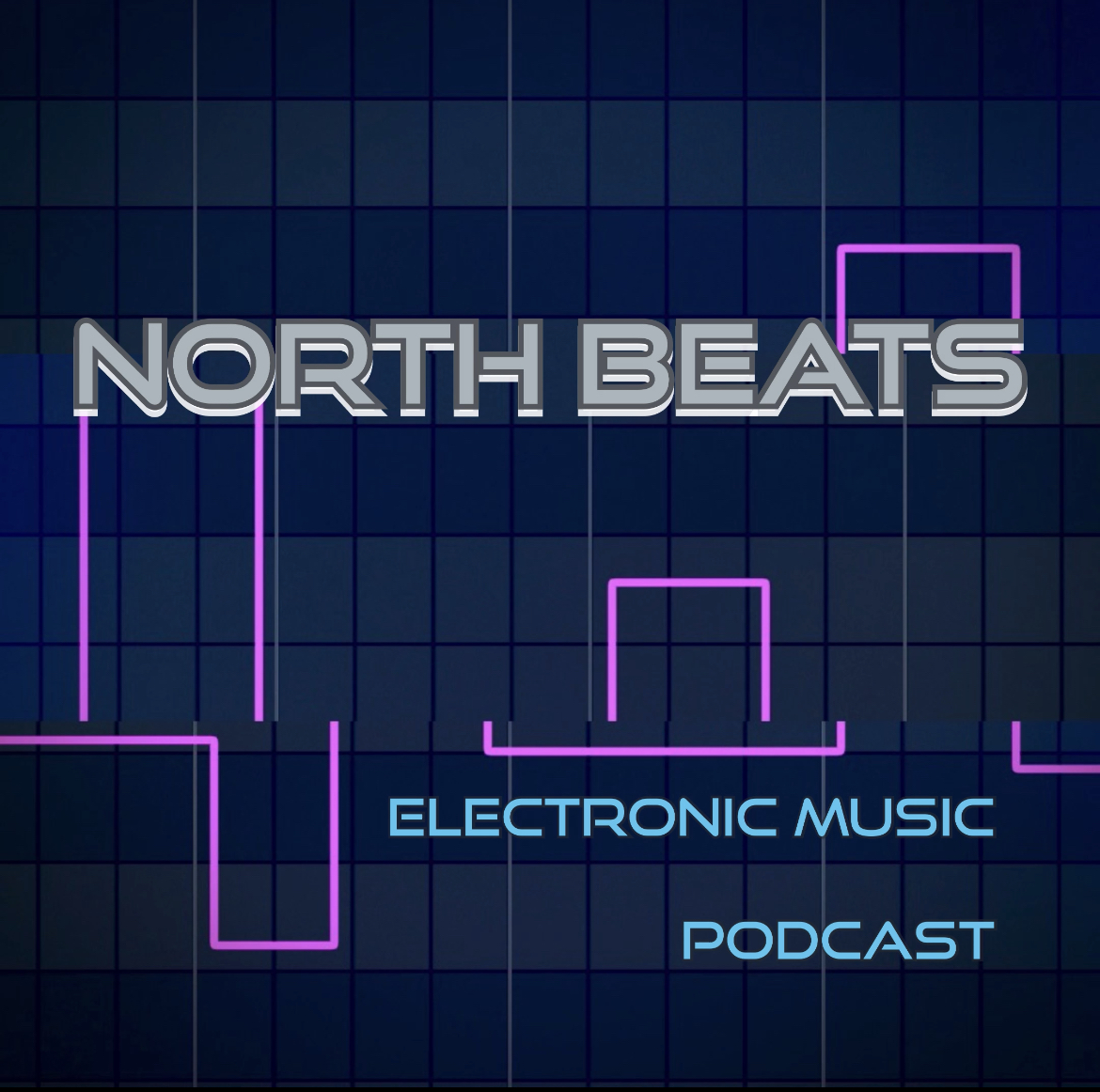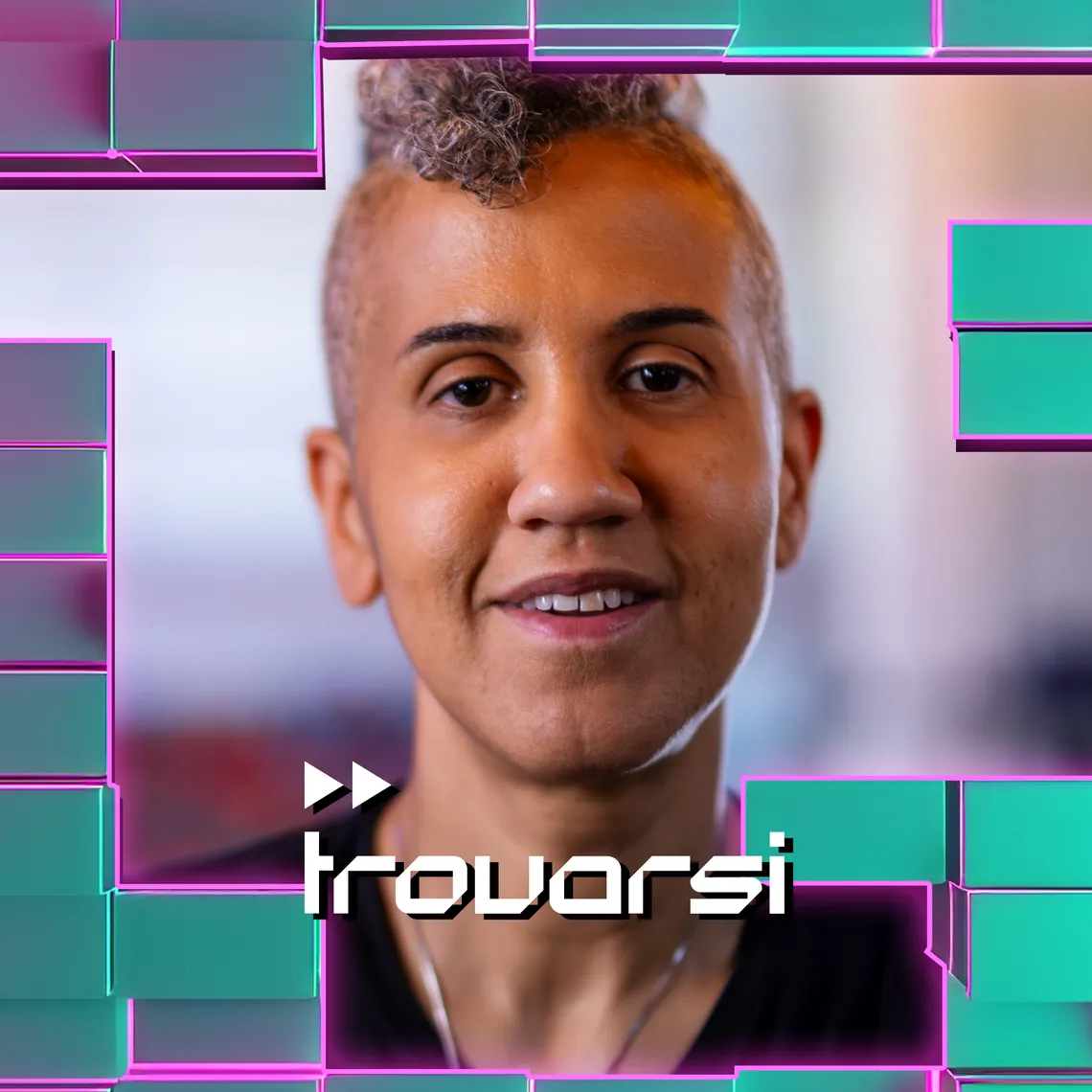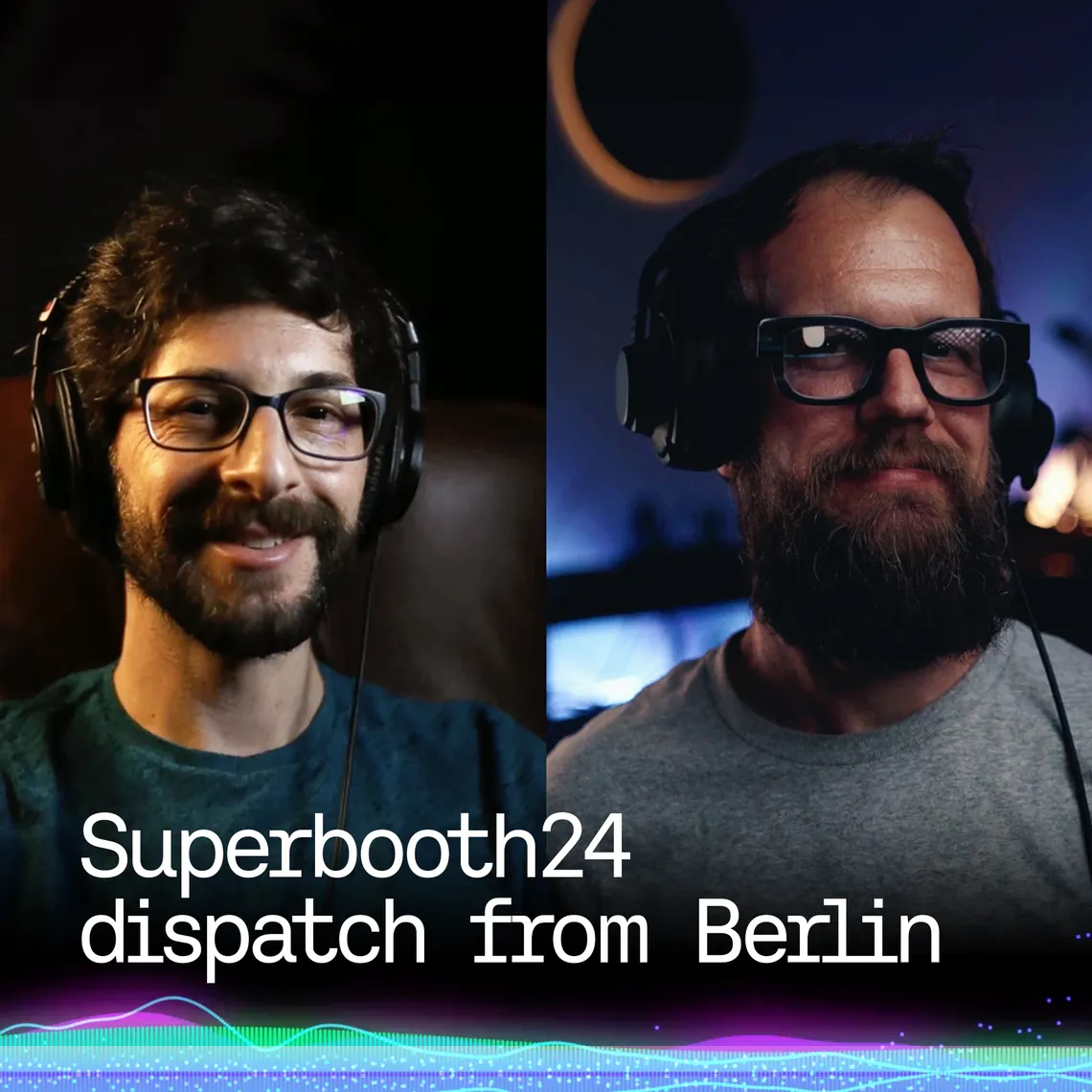
When I was 16 I bought my first Roland TR 606 for $25. I only wanted to use it as a glorified metronome to practice my bass, mainly my funk and straight-eighth grooves. This was a foreign object. I was raised on FM radio and the albums my older brothers brought home- the Who, Boston, ELO, Stones. My first bass teacher happened to be a jazz player.
That being said, the 606 was fascinating in that it was exacting yet warm, unforgiving but with rich with character, begging to be programmed and re-programmed. The perfect repetition (which can be argued) presents an environment of predictability that allowed my ears to drift between the layers of tones created.
I began forcing the output through my guitar and bass pedals, recording the results on my Tascam 4-Track. While I continued to study jazz and contemporary music and performing many other types of music, I looked forward to going home after gigs and powering up my small collection of analog machines.
It used to be difficult trying to reconcile these two seemingly opposite paths. These pieces utilize all (most of) the significant 80s Roland drum machines. Deliberate use of glitch, amplified artifacts and DAW editing and processing informs these pieces as I allowed these influences to be embraced in these compositions. Asymmetry plays a significant role in the arrangements.
Months after the mixes were done and taking time away from them, I discovered upon deeper reflection that the asymmetrical phrases and sections contrast the 16 beat compositional propensity intrinsic to the design of the machines. I was embracing and fighting back against the very architecture of the box.



